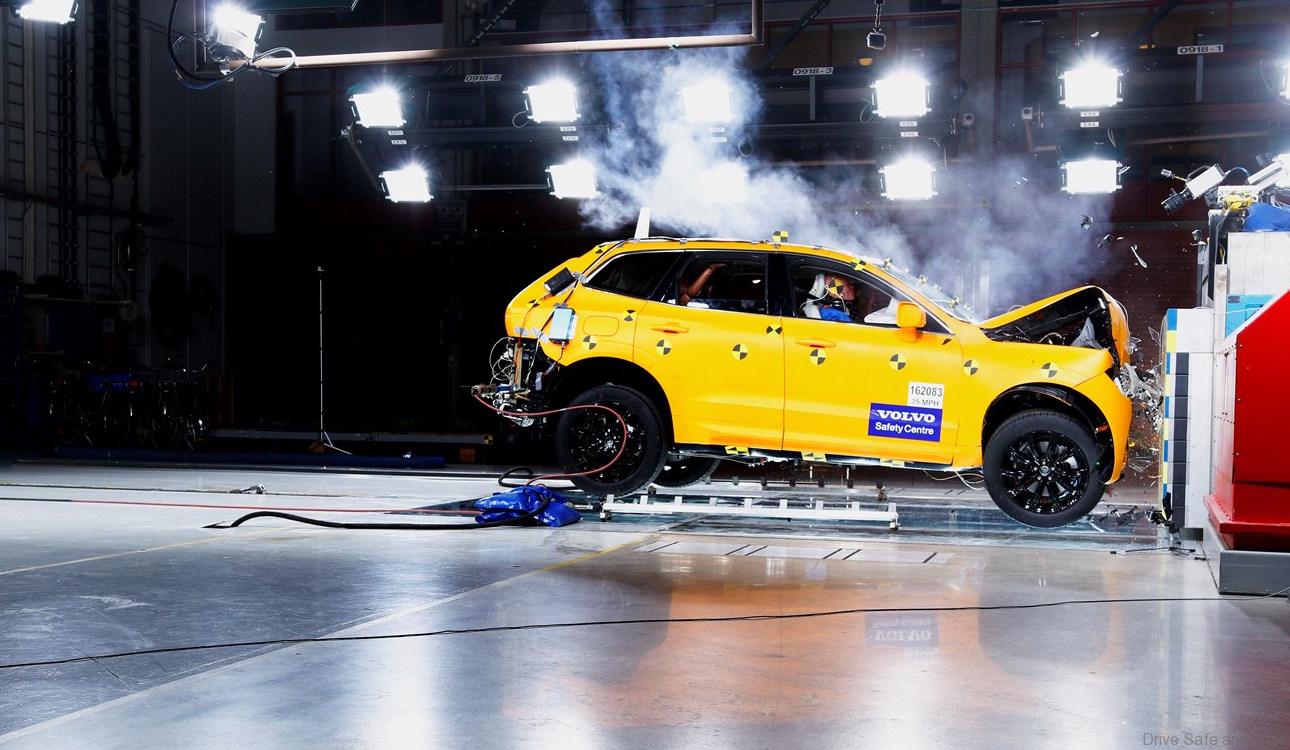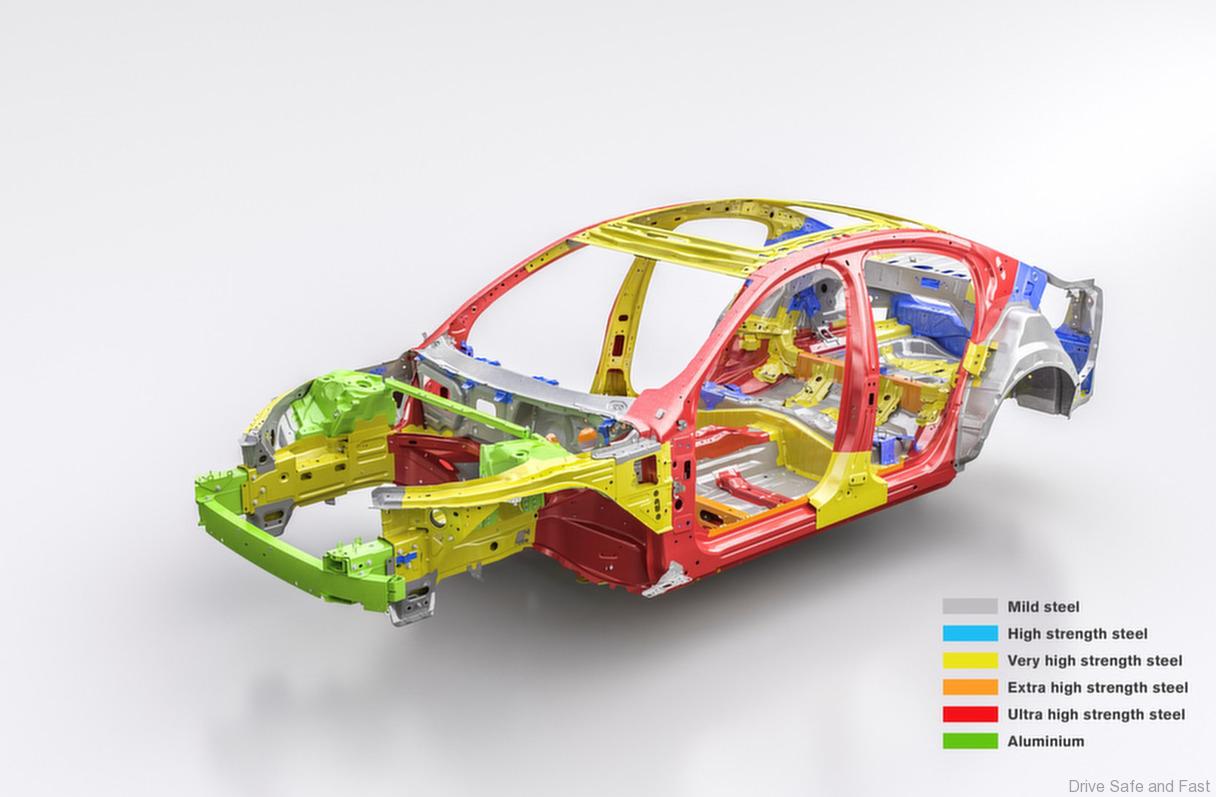“Safety” translated to Swedish is “säkerhet,” but for employees of one of Sweden’s biggest employers, it might as well translate to “Volvo.”
Volvo Cars, owned by Zhejiang Geely Holding Group of China, is fiercely protective of its reputation in safety. But in an age of autonomous driving and advanced sensor technology, Volvo’s top safety experts are increasingly navigating a blurry line between driving safely and being driven.
“We’re very focused that you as a driver know that you’re in charge, not giving you so much support that you question who’s in charge,” said Malin Ekholm, director of the Car Safety Center at Volvo Cars headquarters in Gothenburg, Sweden. “It’s nudging rather than giving the feeling of taking over.”
With a bevy of new tools to ensure passenger safety, Volvo’s safety strategy is shifting from passenger protection to accident prediction and avoidance, Ekholm said.
Its safety center, created in the 1970s, runs crash tests and shares information with Swedish road authorities to document accidents and crashes, so that engineers can better understand scenarios they must guard against.
But the rise of autonomous and connected-vehicle technology, as well as digital simulation technology used to pioneer self-driving vehicles, have augmented researchers’ approach to safety. Now, for instance, in addition to crash tests, vehicle safety systems run through nearly 30,000 accident simulations.





